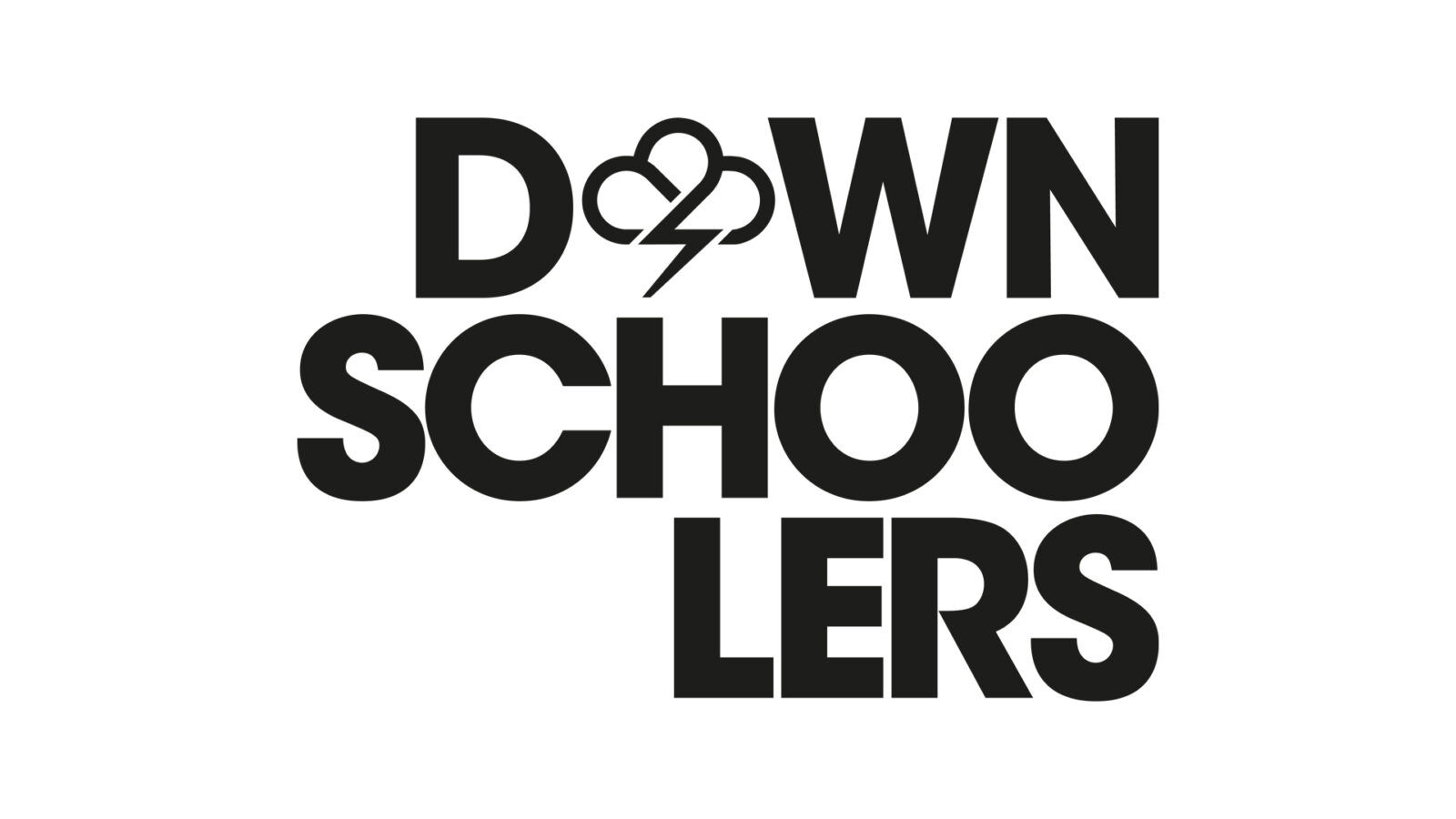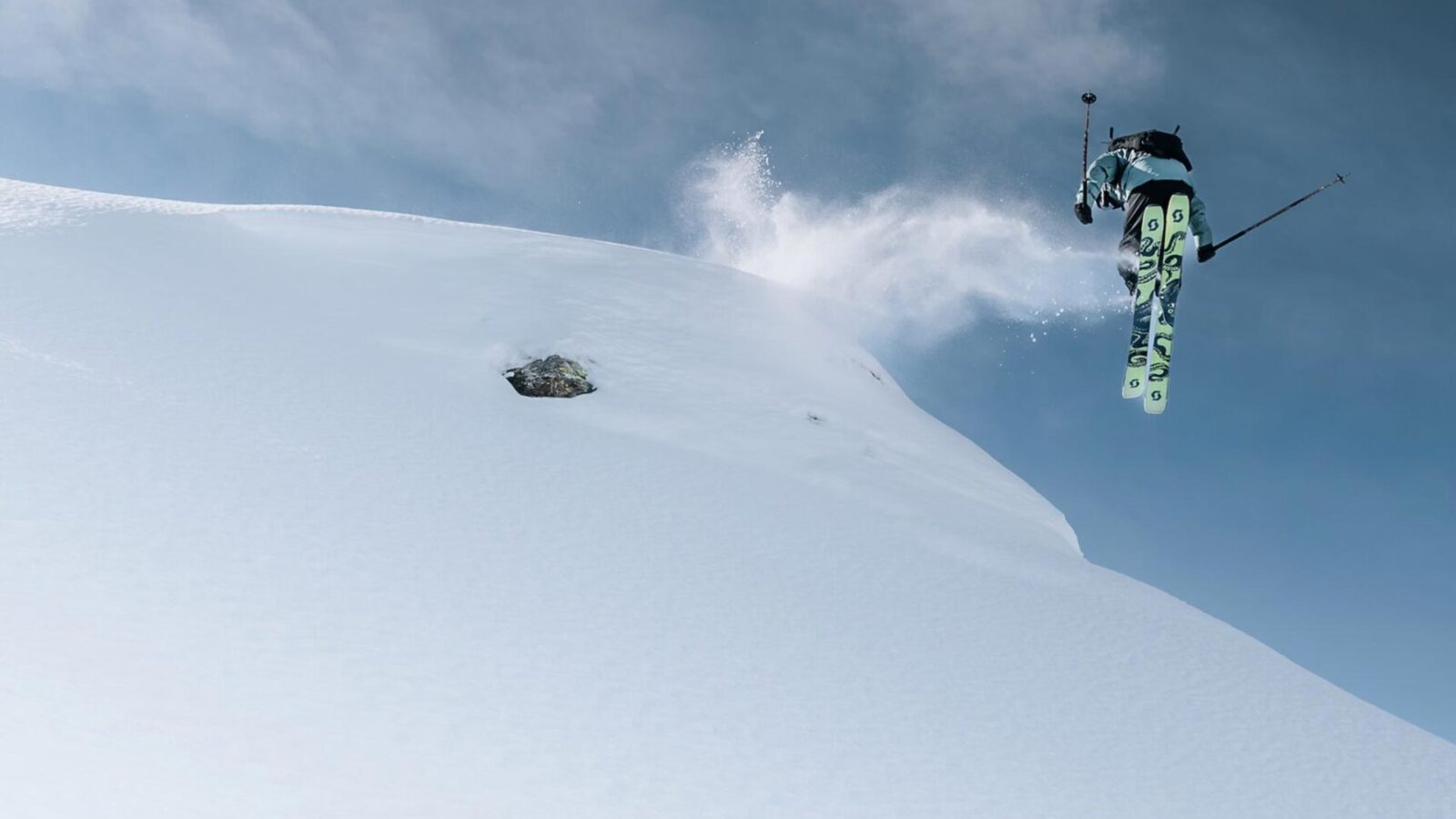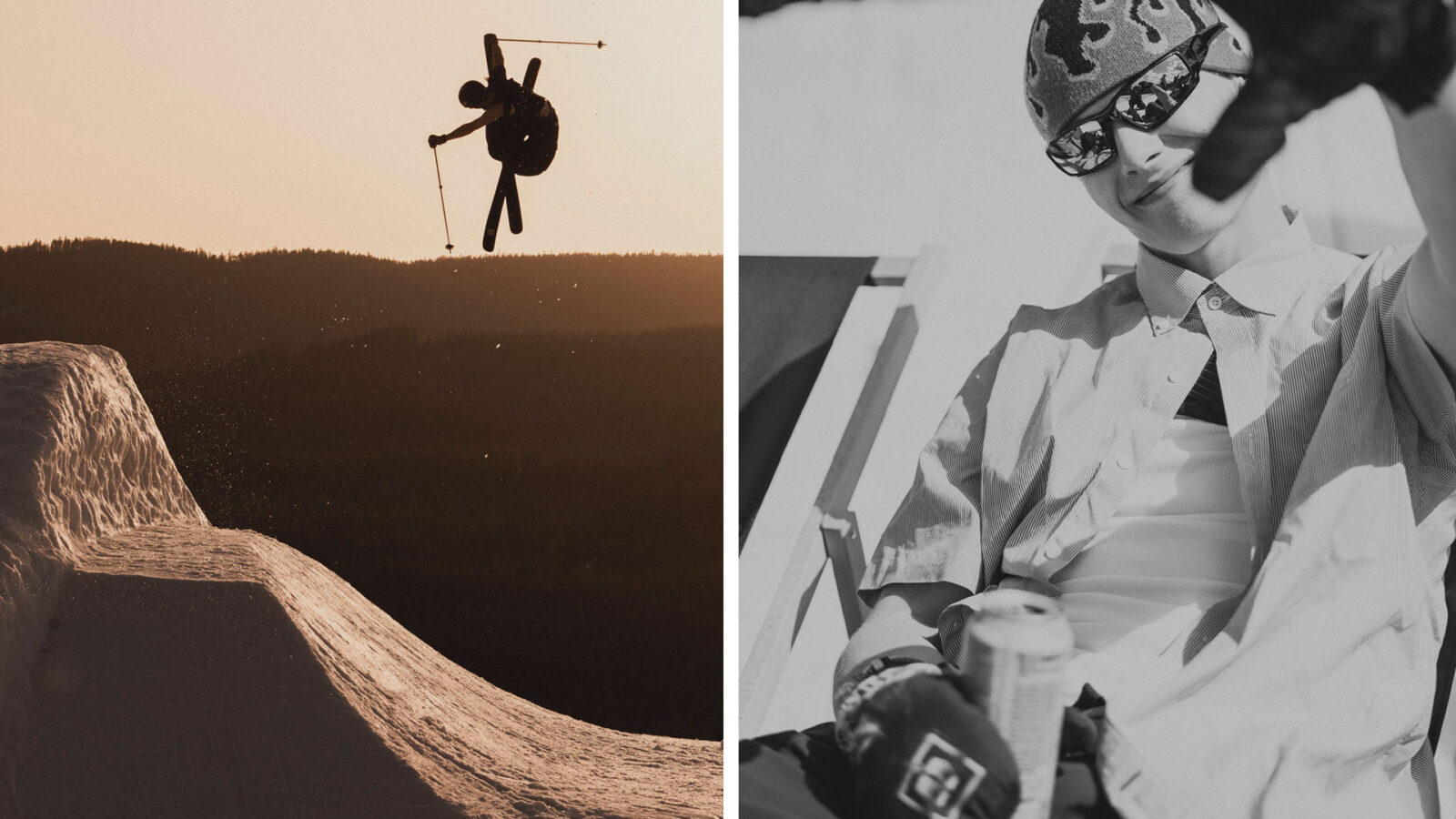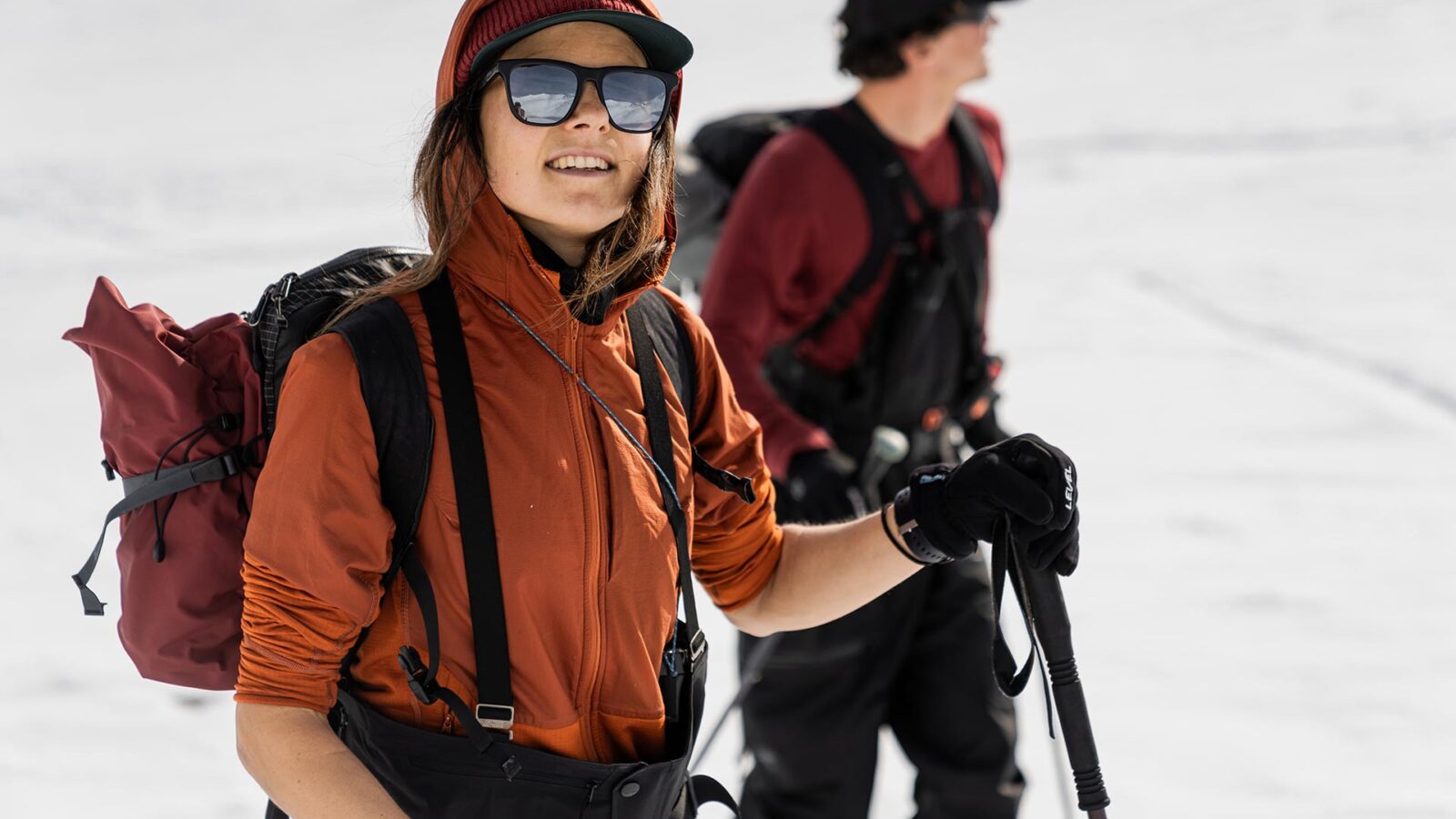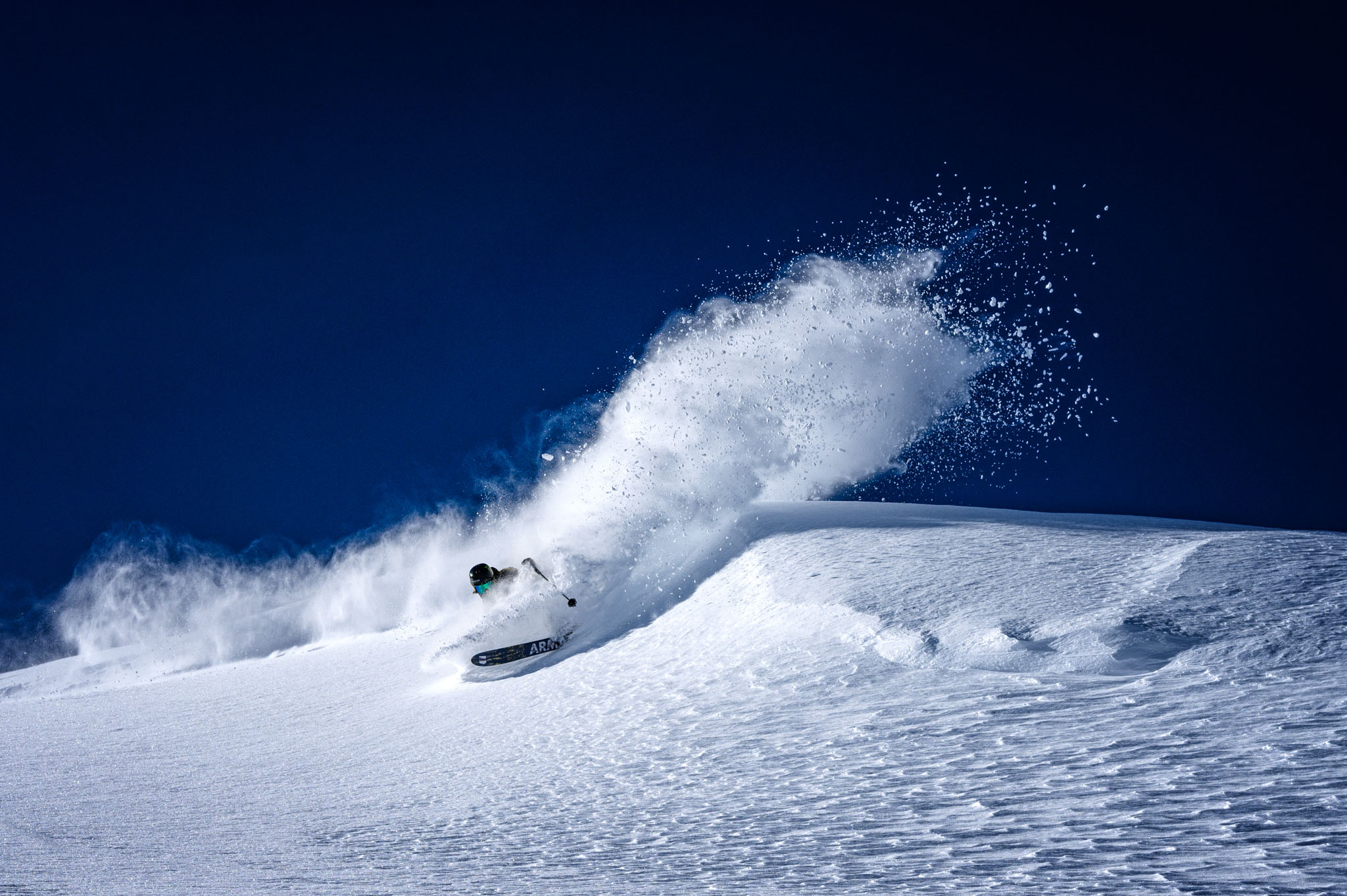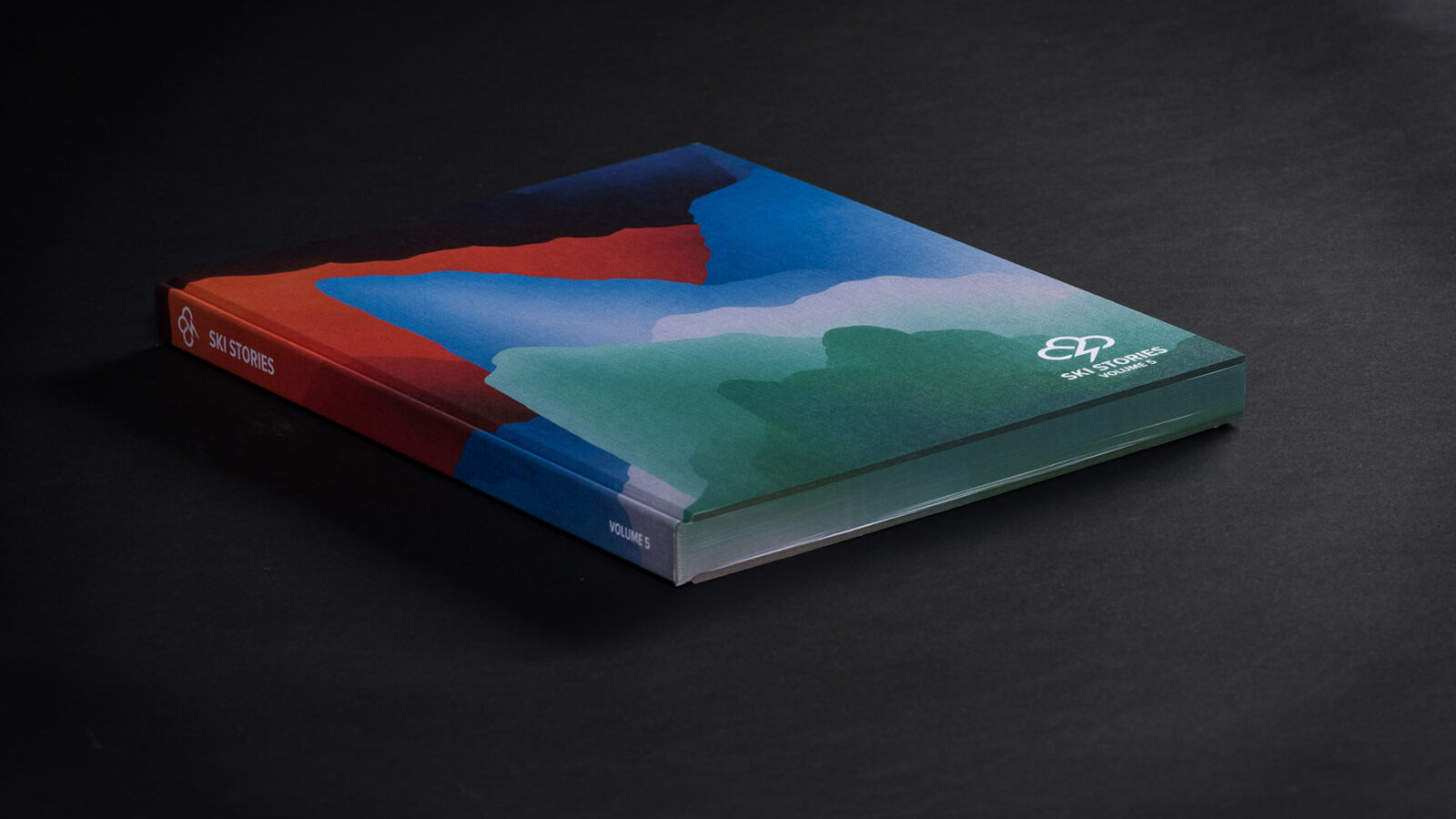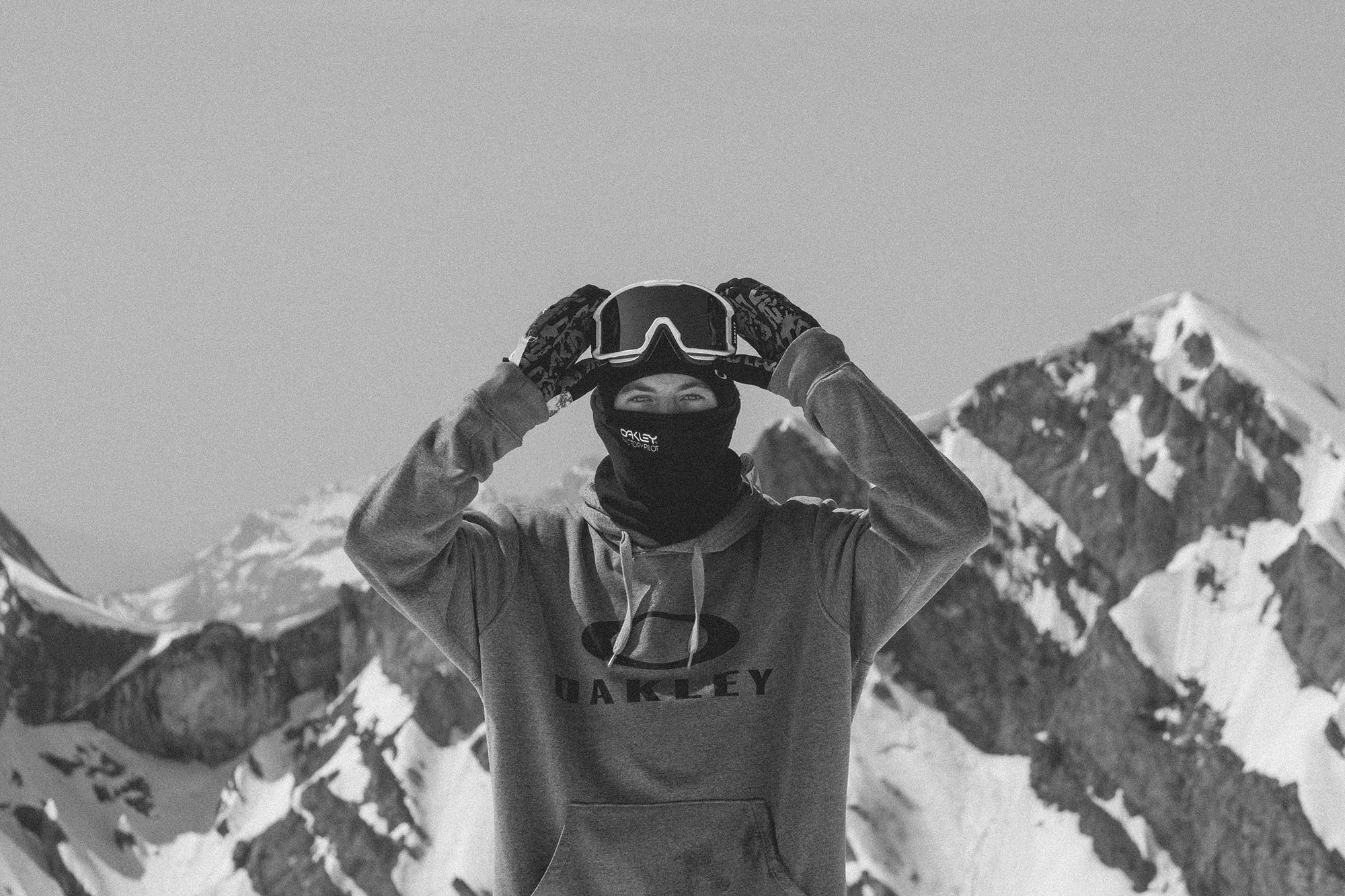
Stories
“My goggles were full of blood:” Jeremy Pancras in Interview
On October 7, 2017, Jeremy Pancras’ life almost changed forever. Anyone who was watching— either in person at the packed big-air venue on Annecy’s lakefront, or on the event livestream watched by thousands more around the world—likely has the crash seared into their memory.
That evening, Jeremy became disoriented while attempting a double cork 16 on the last hit of the finals of the Sosh Big Air and landed on his head, breaking two vertebrae in his back. He fortunately escaped long-term damage to his spinal cord, and during his recovery, decided to embark a new project.
Thus, this fall we’re looking forward to Jeremy’s first full ski film “Would You,” an inside look at the lives of passionate skiers and what they will endure to live the dream. After surviving a crash that could have ended not just his ski career, but his ability to walk, it’s something that Jeremy knows a little bit about.

Jeremy Pancras
Birthdate: 26 December 1991 (26 years old)
Hometown: Annecy, France
Home mountain: La Clusaz
Sponsors: Völkl, Dalbello, Marker, Dakine, Oakley, GoPro

Ethan Stone: Vive la France! Vive la République!
Jeremy Pancras: Oh man, that was sick! I really don’t care about football, but the party was unreal. I really liked the unification that happened that night. Everybody was friends. I went to Lyon, and there were half a million people in the streets. It was crazy—you really felt like you won something. You would have thought that everyone had actually been playing in the game, that they were there. It wasn’t like the team won—the entire country won. It was a good feeling for sure.
ES: So a bit of background. you were a top contest skier, went to the Olympics for slopestyle, won "MVP" at the West Coast Session in 2014. then you quit the French national team.
JP: I left the team because they wanted to put me in a bubble. I was supposed to be the kind of skier they wanted. I wasn’t supposed to do the moves I wanted to, I wasn’t supposed to go to places I wanted to. Since I was a top athlete, they couldn’t kick me out of the whole competition process. I left the team and stopped training and traveling with them, but kept competing independently.
It was going really well for a while. Well, I’ll put it this way: I never got better than sixth place in an international competition. I got sixth at the Euro Open, Austrian Open, Aspen Open, JOI [Jon Olsson Invitational], WSI [World Ski Invitational]… I got sixth at every goddamn competition in the world! Then I had my third knee injury and I started thinking: all the stress, all the trouble, I could erase it all and go back to my first passion, which is video.
I didn’t want to compete anymore because I’d been doing the exact same trips to the exact same places. I’d had enough of that. I wanted to see something else—go to Japan, go to the streets in Quebec, do actual skiing, not repeating the same trips every year and adding a 180 or a new grab for the next season, or trying to do a trick to the right. I wanted to get back to more simple things.
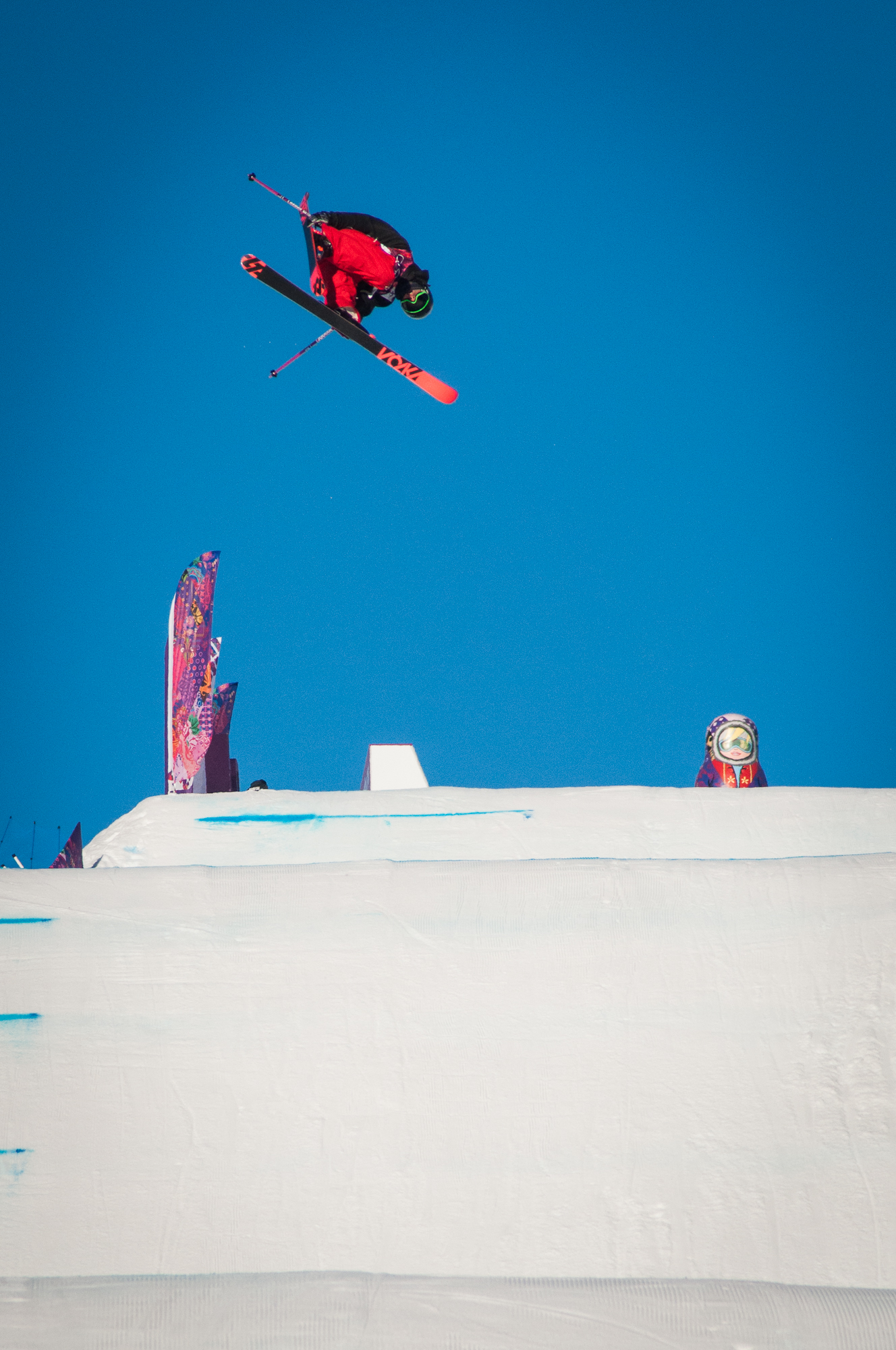
Jeremy competing at the 2014 Winter Olympics in Sochi, Russia. Photo: Ethan Stone
ES: How long did you live that contest-circuit lifestyle?
JP: I guess it was six years, from 2010 to 2016. It was so sick, but at some point it’s always the same people, the same hotels. You go to Breckenridge ten times, and after the third or fourth time you stop really seeing the place. You fly in, go to the hotel, go skiing, work out, party on Saturday, then fly out again and do it somewhere else the next week. I needed some fresh air.
ES: Let’s talk about October 7, 2017. How did that day begin for you?
JP: It was a dream come true. We had the Big Air on the Pâquier, on the lake in Annecy. It’s the most legendary spot—I’ve had so many parties at this place and so many great memories. It was crazy having an amazing Big Air ramp built for us right there.
I went to the qualification having not competed in two years, so I was planning on doing the tricks that I’m used to doing. It worked out, and I ended up in finals. I didn’t drink all week because I really wanted to focus. High Five Festival is a huge party—everyone shows up on Monday and the finals are on Saturday, so if you start grinding with everyone, you’re dead.
I stayed focused and when I got into the finals, the hype was unreal. I’ve never heard so many people yelling my name. I was proud to be repping my hometown—it was my crowd, my people. My mother was there, and she doesn’t come to contests that often. Being in the finals was really big for me. I hadn’t done doubles in a year and a half, and I was doing them straight away on a scaffolding jump.
ES: Tell me about the crash.
JP: Usually you can see better jumping at night. Instead of seeing white snow and blue sky, you see white and black, so it’s easier to see where you are in the air. But sometimes it happens—like on the trampoline—that your brain kind of clicks and instead of seeing the ground, you think you’re seeing the sky instead. I think there also may have been a photo flash, I’m not sure. But when I thought I was done with the trick, I was actually upside down. To me, I was landing perfectly—in my brain, I was about to stomp my trick. Then for a fraction of a second I saw the ground, and I just thought, “I’m dead.”
When I hit, I knew that I’d broken my back. It was like the whole world landed on my back. My goggles were full of blood. I never lost consciousness, I remember everything. I was laying there trying to move and I could feel that something was wrong, I had huge pain in my back. Through the blood in my goggles I could see my parents looking at me, and that was the worst moment of my life, for sure. When you have forty thousand people yelling, and then total silence because of you… man, it was the worst. It was the worst. I said no to the painkillers, because I wanted to be aware of what was going to happen, and I have a lot of problems being able to function when they give me morphine or codeine. So it was a painful moment.
When you have forty thousand people yelling, and then total silence because of you… man, it was the worst. It was the worst.

ES: I’ve talked to other people who agree that that was one of the worst crashes we’ve ever seen.
JP: Well, I didn’t win the Olympics, but at least I won something.
ES: What were your injuries?
JP: I broke two vertebrae in my back. Everyone thinks I broke it when I landed on my head. That’s what made my nose bleed, why I was full of blood, but it was on the rebound that I hit my back. I broke it straight without spinning or twisting to the side, so the vertebrae didn’t push into the spinal cord. Because of that, I was lucky enough that I didn’t lose feeling in my legs or anything. If I’d been a little more twisted, like an inch, I would have been fucked. I would have been a vegetable for a long time.
Within a couple hours, they told me that I should be fine. But that’s what they usually say, you know? They weren’t saying “you will be fine.” They were saying, “you should be fine.” I asked what the chances were of the surgery failing, and they said, “normally we don’t fail.”
So I wasn’t sure until the day after the surgery, when I woke up and could still feel my legs, and they told me there was no danger of paralysis. So it was about 24 hours of stress.

ES: What were those 24 hours like?
JP: I was so worried. I haven’t cried so much in my whole life. If you lose your legs as a skier, or as a person in general—losing the ability to walk—No. I was destroyed. But by the day after the surgery I knew it was going to be okay, and that felt great.
ES: How long were you in the hospital?
JP: I entered on Saturday night, got surgery Sunday morning, and went home on Monday evening. That’s when the real struggle began, and I decided to make a movie to talk about the things that we live to make a ski career, or just be a hardcore freestyle skier every day. It’s a life with its ups and downs, and I wanted to show people everything about it.
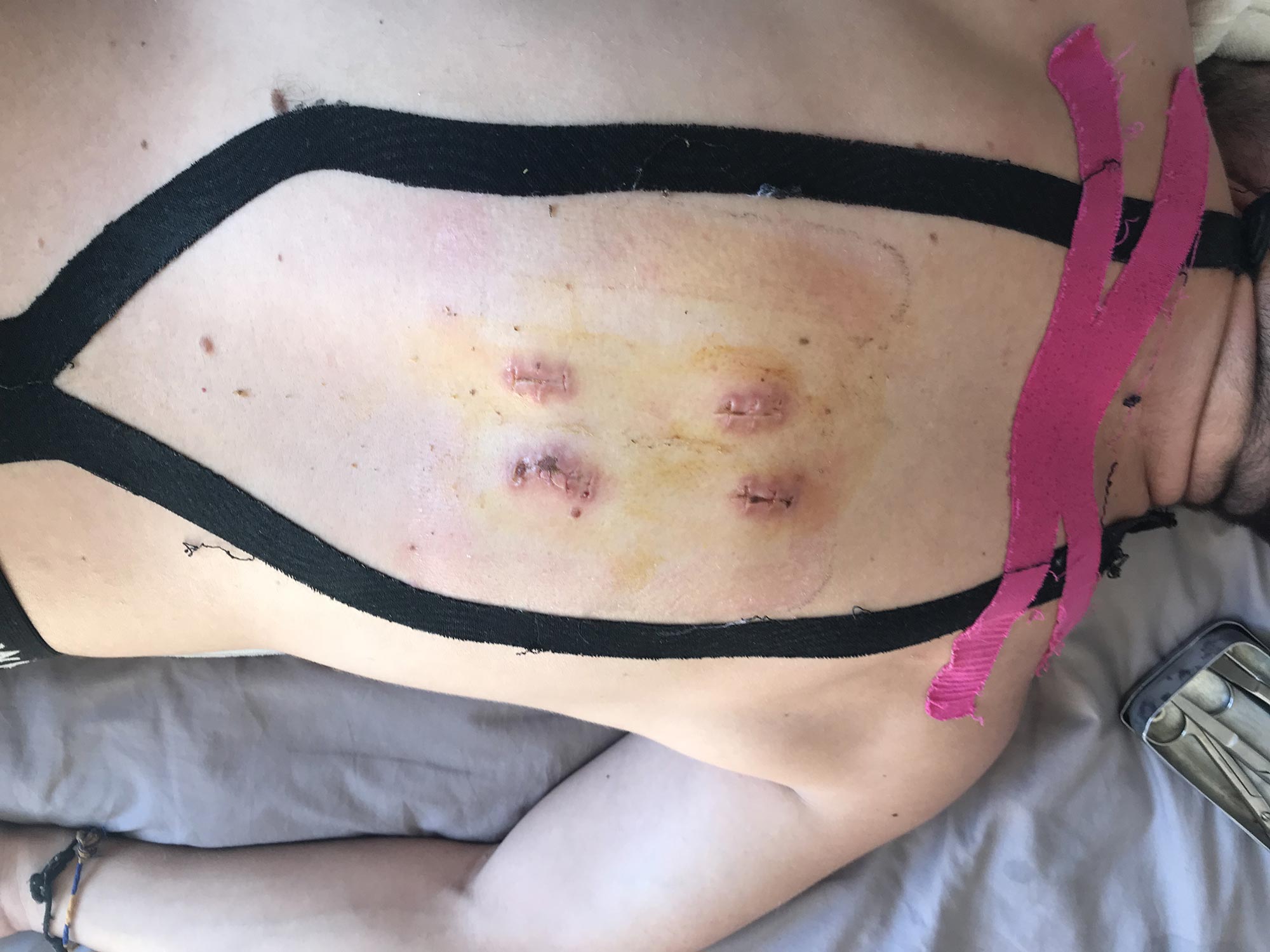
ES: So you’re sitting there recovering from a terrible injury, and you decide to make a movie asking whether or not it’s worth it to live this lifestyle.
JP: Yeah. The whole point is, would you live this life? I want people to see every point of view from the athletes. Being happy about this, unhappy about that, showing everything and then asking people: after watching all of this, would you live this life? And yes, the main goal is to make them feel like they would want to live this life.
When people talk about injuries and how they don’t have any more money because they’ve been traveling, it makes me feel bad, because we haven’t been working for ten years. I can’t complain that I don’t have any money, because I haven’t been working for the past ten years. I don’t want people to feel sympathy for us, because we’ve been living the life.
I don’t want to tell them, “I do a difficult sport, it sucks, it’s dangerous, you can get hurt.” It’s more like, “We love it so much, we’ll go through this kind of pain to keep doing it.” The more shots I got for the movie, the more I thought people will understand why we do it.
I tried to find this balance in every interview we did for the movie. Torin [Yater-Wallace] talks about what it's like to compete against friends. That’s why he wanted to do a shoot with the guys he used to ski with and have fun with them. Jake Carney talks about how fun his life is in Whistler, but how hard it is to not get sucked into the Whistler life and all the bullshit. But in the meantime, the skiing there is just just unreal. In each interview I tried to get into different aspects of this idea.
ES: And your recovery is part of the movie too?
JP: It’s in there, but it will be short. We’ve seen enough people working out, going to the gym and talking about their injury, you know? I’m not going to talk that much about the injury, but I want to talk about the mental issues and how I came back to skiing. So there will be a little bit of rehab, but it won’t be like Torin’s movie where there are seven minutes of hospital footage, because my injury wasn’t that serious.
ES: It seems like you came back pretty fast.
JP: It took a month before I could start driving again and I could stop all the drugs. It was really, really painful, but even more painful in the mind. After four weeks I stopped the medicine. It was more painful, but I was able to feel like myself again. I started meeting with friends again and trying to figure out how to make the movie.
I started skiing again on the 15th of January, three months after the surgery. The surgeon told me that I can ski, but to not go too hard and try not to fall on my back. I could ski, but I couldn’t do a scorpion—if I fold my back this way, it would be really bad. That’s why I made a deal with Seb Michaud and started filming his guys. I had one day skiing for myself, and then for the next month I was following the freeriders around La Clusaz with my camera backpack every day.
I started freelancing last year and I’ve done over forty different projects so far. That’s where I’m going as a person, not as a skier. Since I wasn’t able to do tricks, I could still go skiing. So I made some deals with skiers that wanted get filmed. I’m making my own movie, and I’m making a movie about Seb Michaud—you know the old backflip legend? He was the first one to bring the backflip to the Freeride World Tour. He won the world tour a couple of times, and now he coaches and has a crew of young shredders up there at La Clusaz, so I made a movie about him and his crew. I did that with Seb, and had some other projects with my friend Hugo Laugier. It was just amazing being out there. I was so happy to be off the couch.
ES: A lot of your movie was filmed on a road trip across North America, meeting up with skiers you’ve gotten to know from the contest scene. Tell me about the trip.
JP: We kicked things off by building a van in Quebec with my ex-girlfriend. We drove it all the way to Aspen, where we had a week filming with Torin, Broby Leeds, Alex Ferreira and Sam Ferguson. We’d already planned to do something with Ferreira, and then he got a medal at the Olympics, so we were really excited to do something more than just filming in the park. At Aspen they privatized the whole X Games course for us for three days. We had multiple shoots at sunset and sunrise, two sleds spinning all the time, two other filmers and a photographer working with me. It was my first-ever shoot with pro skiers, and it was happening at Aspen on a private X Games course and the guys I love watching the most. I was so happy.
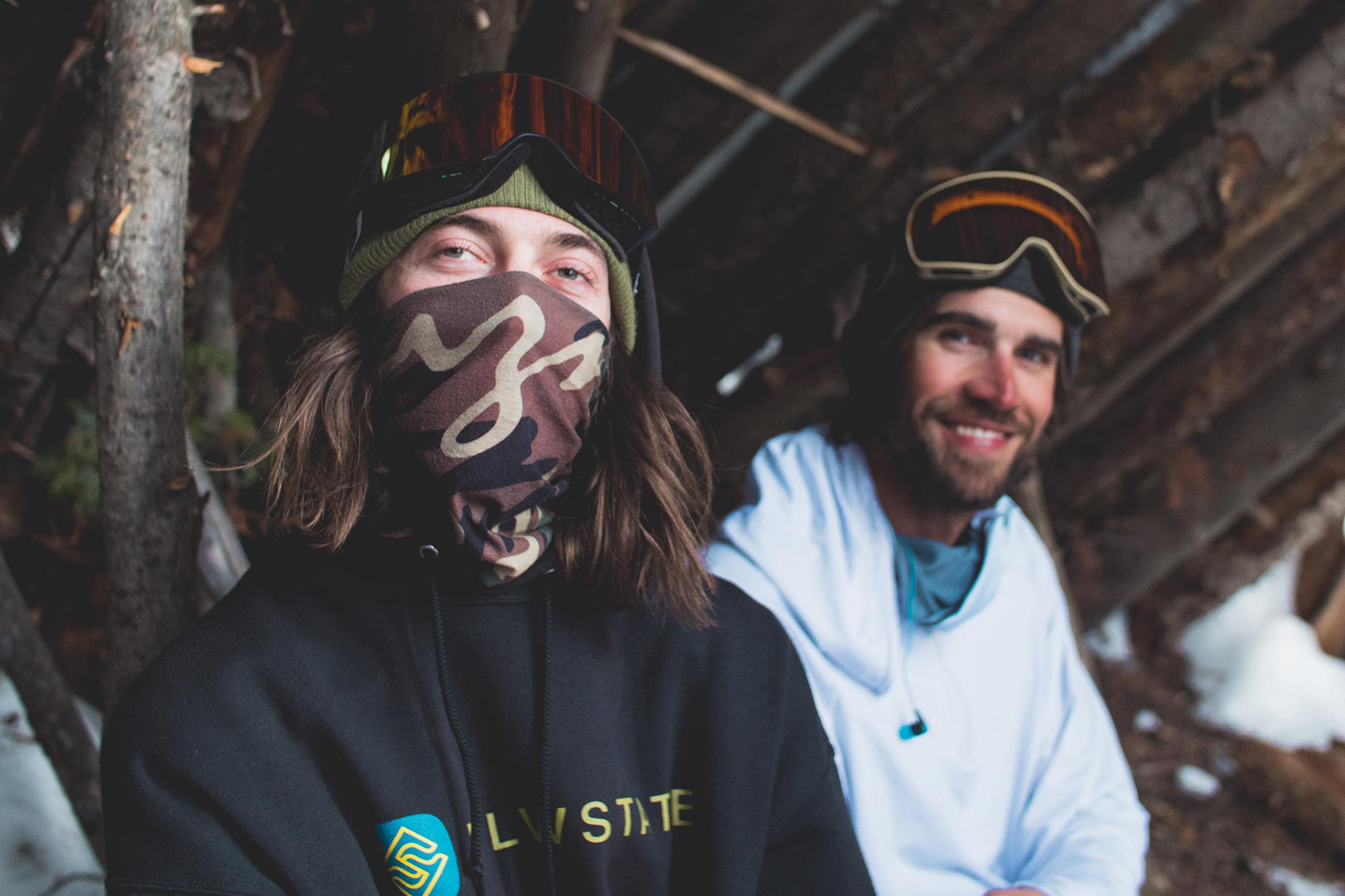
Aidan Sheahan and Sam Ferguson.
Then we traveled to Park City and filmed for ten days with Jake Mageau, Chris Laker, Colby Stevenson and Dicky Thomas. I was supposed to film just a park piece, but then Colby and Laker hit me up and we ended going out with the sleds. I’d never been operating one before, and suddenly I was riding one every day, stopping to get the camera gear out and filming the guys. When they were hiking I was just snowmobiling around, having fun.
We stopped by Lake Tahoe for fun, and then went to Whistler to film with Jake Carney. It will be like the park park of the movie, but with the hype of Jake, skiing mad fast. It was hard to follow him, it was really hard. This kid is fucking gifted. You’ll see the most corked-out tailslide you've ever seen.
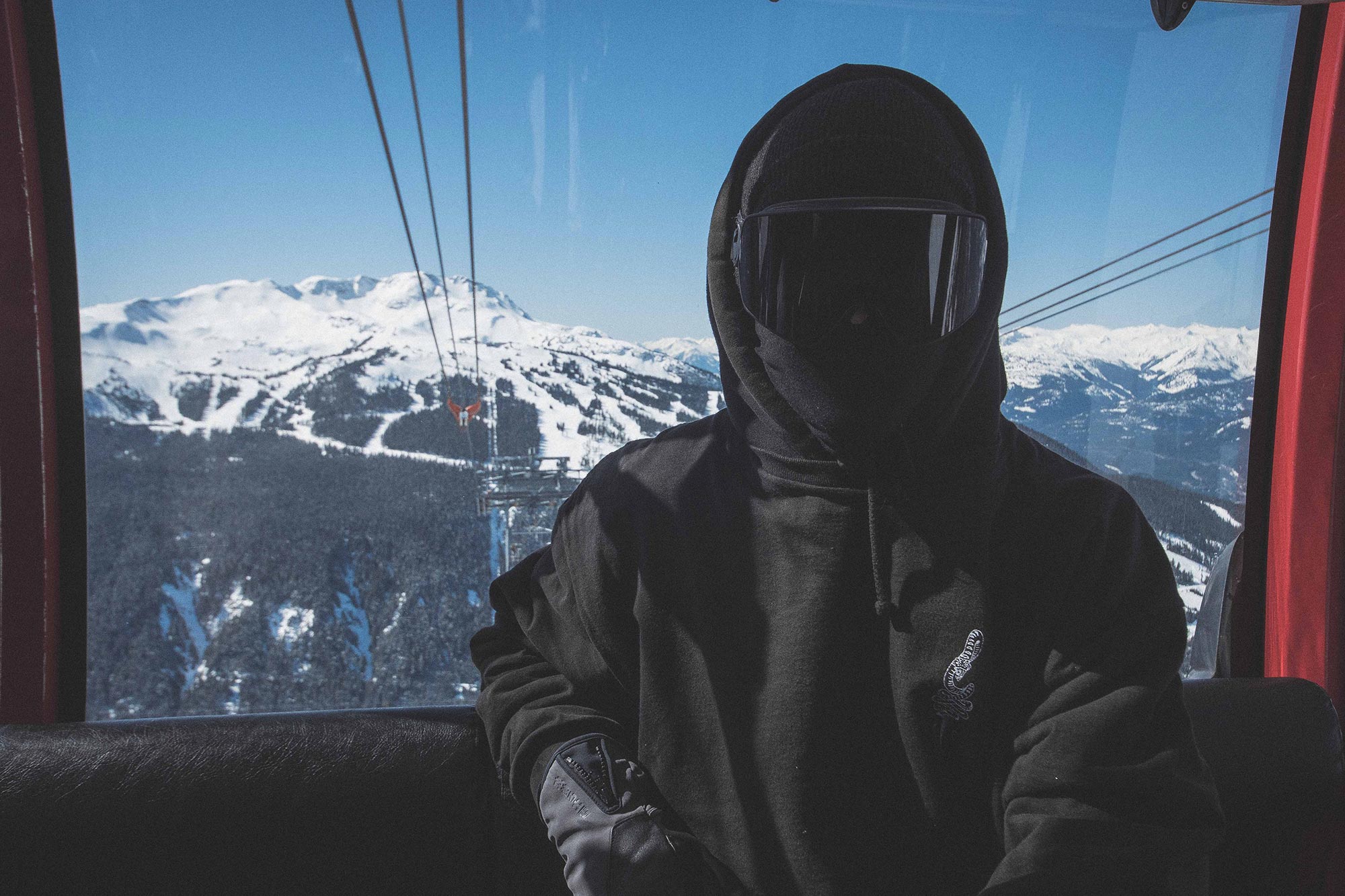
Jake Carney
After that I flew back home, and it was time for me to get back to doing tricks. It had been six months since the surgery. I was really happy to have Hugo by my side, because I wasn’t feeling confident at all about doing tricks or falling. We filmed during the closing week at La Clusaz. Hugo was on fire, I was really proud of him. He’s known for doing competition tricks, but I know him for being a skier, and it was awesome to bring him into Candide Thovex terrain, and see him progress and improve every trick on every run, taking big falls and going back up and doing big tricks. I started skiing again with him, but more often I’d just take the camera and film him because he was skiing so well.
Finally we decided to go to Mammoth for a month, and it was too good. We met with so many homies, lived in a van for a month with a filmer we didn’t know at first who’s our best friend now. We skied with Tanner Hall and got an interview with him for the movie.
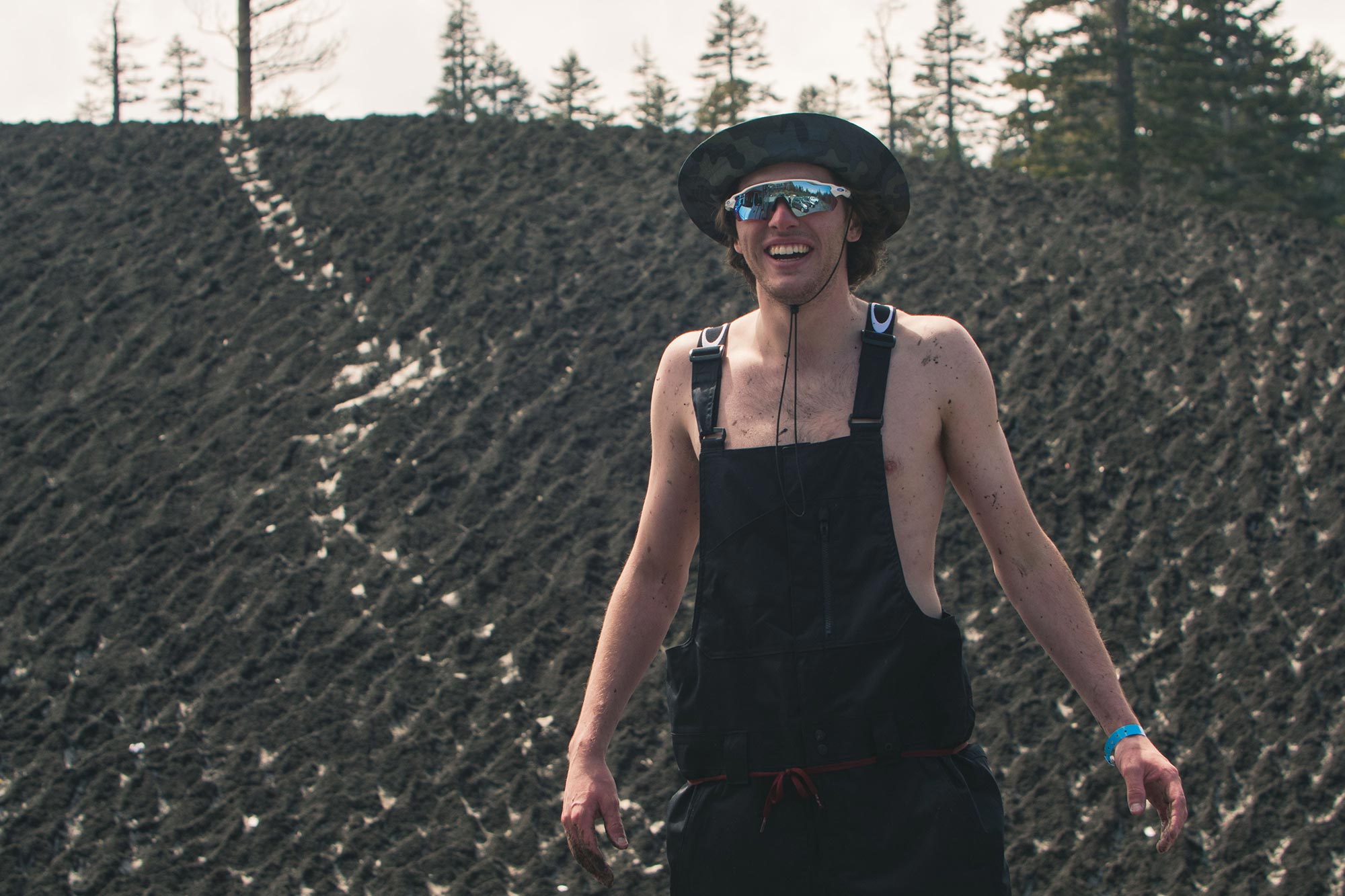
Hugo Laugier
ES: Is there a disconnect between how people see the pro-skier lifestyle, and what it’s really like?
JP: I think that happens for the entire world now with social media. People are filming and showing only the beautiful sides of their lives every day. It’s the same thing for us: we only show when we do the fancy things, or when we’re bullshitting around and having fun. We only show the best things from our lives, so people might think that we have an easier life than we do. Although, we do have a really easy life, you know.
I get paid to go skiing. It’s like getting paid for playing Fortnite. It’s not a real job.
ES: So your personal answer to the question “Would You?” is: yes, you would.
JP: I definitely would. Even though I’ve had my troubles, I see all my friends who are normal people with normal lives, if you want to call it that—because what we do is not average—and all those guys have the same kinds of trouble as us. But if we [skiers] have troubles, we can just hop on a plane and start a new project. We’re not stuck at home with work that you have to stay around for, and it's a true blessing.
ES: Has it been challenging to put together a full movie?
JP: It’s really challenging, because my longest movie before this was five minutes, and I’m working with 35 minutes now. I talked about it all winter, so people are waiting for it, and that’s more pressure. And I’m dealing with the best skiers out there, so I really want them to like it. I want each of the parts to have their own identities that match the skier. I hope that when they see it in the theater, they’ll feel like that’s their part. That’s an issue with a big production sometimes, that you don’t have a choice on many things: the music, the editing. I think those guys trust me to do good work, so that’s the biggest pressure that I have.
ES: Hugo told me to ask you about buggy racing in Mammoth.
JP: Yeah, you know B Devine? He’s like the biggest homie and knows everyone, he’s been in the game forever. We would go skiing together, then go buggy riding in the forest, shoot guns and drink beers. It was like living in a dream. That’s why I decided to end the movie on that, because you can really see another side of skiing. We love it so much because we’re able to do all these other things that that we’d never be able to do without skiing.

Doing American things in Mammoth.
ES: What do you want to do after finishing this movie?
JP: I want to party, share this project with everyone, get feedback on my mistakes and learn to be a better producer! First I’m going to finish up these movie projects, party at the premiere, and then start working again because I need to make some money! I have a couple projects with a few different companies. Next year I want to focus on getting back to what I like the most, making five-minute videos from wherever in the world.
I like getting shots and dropping them to the people. Having shots on your computer for a whole season and not dropping them can be really frustrating. You have a lot of good stuff, and you have to cut a lot because maybe the same trick was done a month ago at the same spot, so we can’t use it. I’d like to go back to that and produce as much content as I can. Since we’ve been filming so much I haven’t been doing a lot of photography, and I want to get back to getting good photos for the magazines, and working with photographers and filmers who I like to produce better content, maybe even a one-year project.
At some point you feel bad to make your money out of just being you. I get paid to go skiing. It’s like getting paid for playing Fortnite. It’s not a real job, it’s just a passion that I’m lucky to get paid to do. I feel the need to deserve my money a little bit. Filming is the thing I like most besides skiing, so making a job out of it is really cool because it can bring me into different environments and I can discover some other things. Music and sounds have always had a big influence on my life and work and I will start producing video clips for rappers overseas so I can get more into the process of creation. But I’m doing my best to not let that part of my life take away from skiing. I leave enough time for me to ski as much as I used to. You don’t need to ski for 12 months straight to product eight videos. If you’re fast and have a good crew, you can do that in 40 days.
ES: Any other words for the people?
JP: I hope people will enjoy the movie, and I hope it will get them hyped on going skiing!
ES: Shoutouts?
JP: A shoutout can go forever, but definitely my mom, my pop, my sisters, my friends. Hugo has been there forever and I’m hyped to help him get into a movie. Everyone that worked with us doing the movie, who came and worked for free or for food. I’ve been helped by so many people and I received thousands of messages from people throughout the year, telling me to keep pushing and not give up, and that felt awesome. It’s great to be a part of such a community. Shoutout to everyone.
Jeremy’s film “Would You?” will premiere in October at the High Five Festival in Annecy, France, on the anniversary of his crash.
